EnergyPolicyUs provides meaningful and accurate information about energy issues to facilitate enlightened dialog and better public policy.
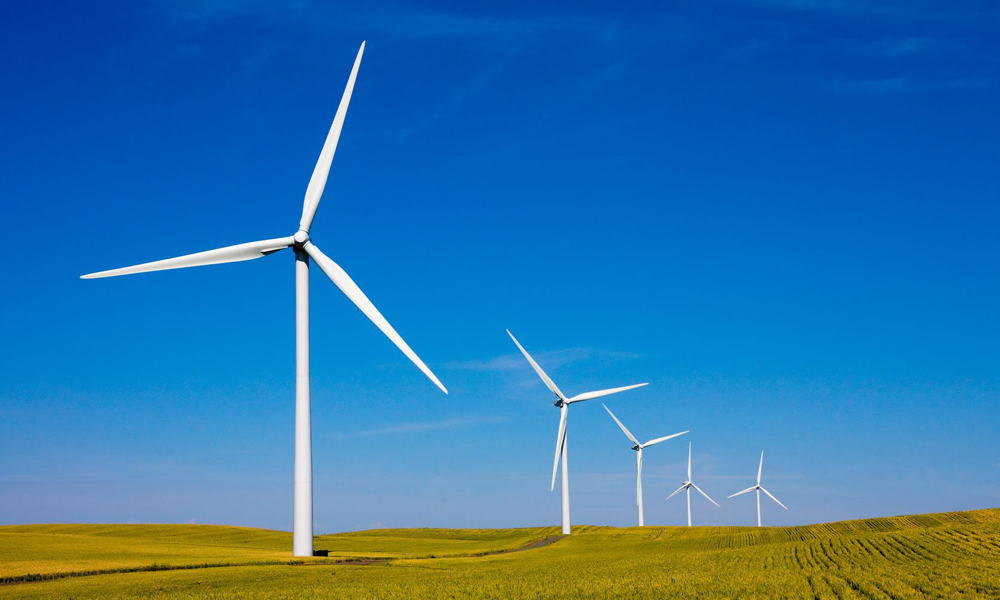
Wind Farm
Wind energy is one of the fastest growing segments of the energy industry. While wind generated electricity has important environmental benefits, there are nevertheless, several drawbacks to wind generated electricity, including aesthetics, environmental concerns and intermittency. An average U. S. wind farm only produces about 30-40% of its rated energy capacity. Wind will remain one of cornerstones of the U.S. energy portfolio; however, wind generated electricity must be complimented with a reliable back-up source of electricity.
Wind Farm, California
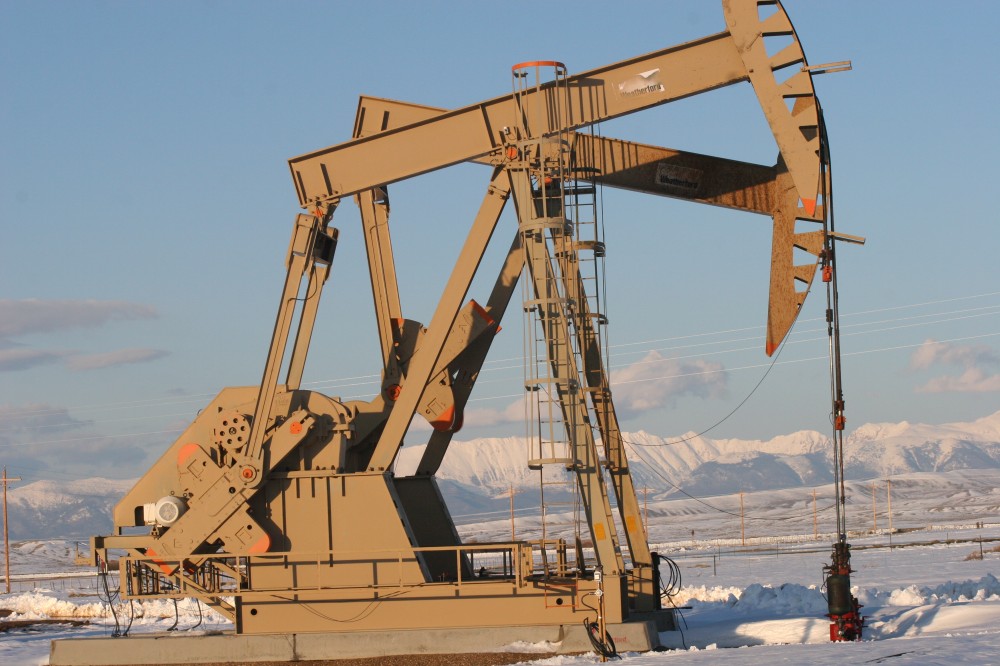
Crude Oil
Despite its detractors, crude oil remains essential to the world economy. Less than one-half of every barrel of crude oil is used for gasoline. The remainder is used for jet fuel, plastics and thousands of other household items. Crude oil will continue to be an extremely important component of the U.S. energy portfolio for the foreseeable future!
Oil Wells, Jackson County, Colorado
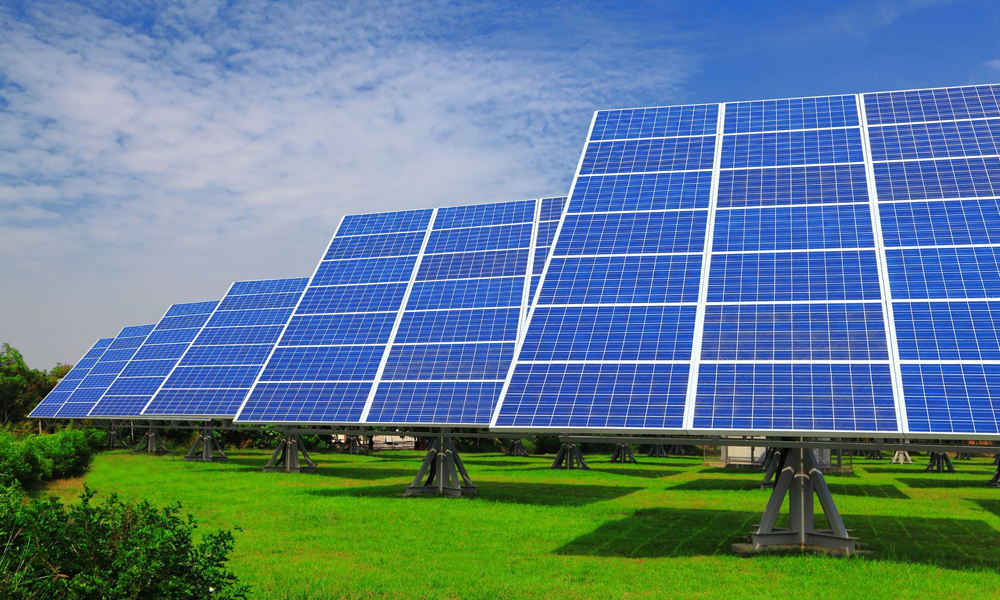
Solar Photovoltaic (PV) – Large Scale
Solar photovoltaic panels convert sunlight directly into electricity. The costs to install large scale PV have declined significantly in recent years making it more competitive with electricity generated from conventional sources such as coal, nuclear and natural gas. However, electricity produced from
solar PV is intermittent and PV has a low
capacity factor. Large Scale solar PV offers substantial potential for the future; however, it will be necessary to address the emerging concerns about the environmental impacts of manufacturing and disposal of solar panels. Solar PV generated electricity must be complimented with a back-up source of electricity in order to ensure reliability.

Corn Ethanol
Corn ethanol can be manufactured in the United States. Regrettably, the ability to produce domestically is about the best thing that can be said about U.S. corn ethanol. It takes about the equivalent of one gallon of energy to manufacture an equivalent one gallon of corn ethanol. Using vast areas of land to grow corn for ethanol results in higher food prices and consumes valuable water resources. A recent study published by the Proceedings of the National Academy of Scientists determined that vehicle emissions caused by vehicles using ethanol are worse than vehicles using petroleum. Most experts agree that traditional ethanol produced from U.S. grown corn is bad public policy at virtually every level.
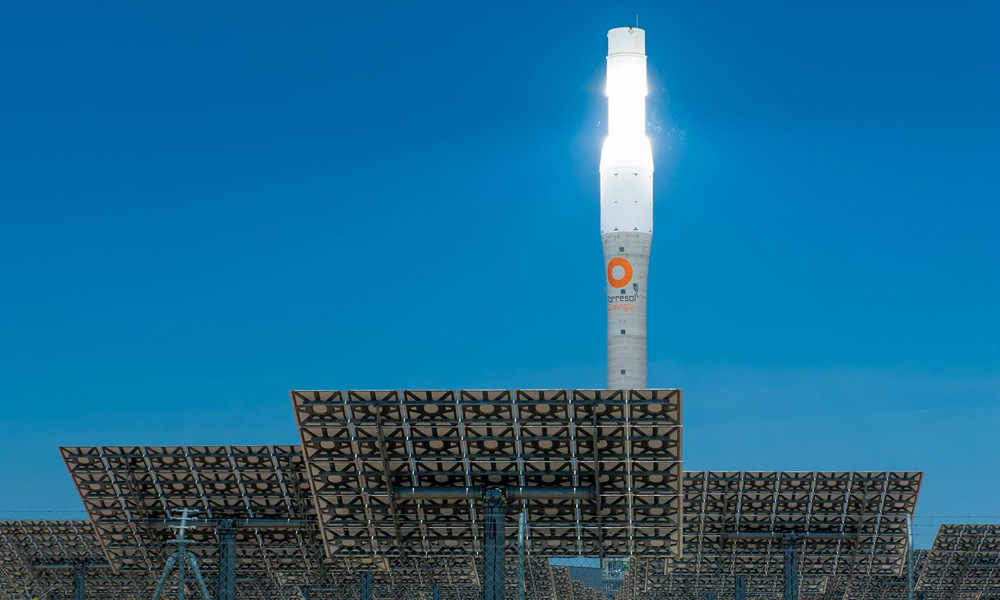
Solar Thermal Electricity (STE)
Concentrating solar plants (CSP) collect sunlight to heat water in order to create steam for generating electricity. Conceptually, Solar Thermal Electricity (STE) is easier to integrate into the power grid than wind and solar PV. Several new CSP sites are being developed in the southwestern United States. However, CSP requires large amounts of water and most of the premium CSP sites are located in dry desert areas where sunshine is abundant, but water is not. It will be necessary to address the emerging concerns about the devastating environmental impacts of solar panel manufacturing and disposal. High capital costs, regulatory uncertainty and environmental concerns also remain as impediments to expanded used of STE. STE may provide a role in expanded use of renewables; however, STE will not likely have a significant impact on the overall U.S. energy portfolio.
Solar-Electric Plant, Andalucia, Spain.
Solar-Electric Plant, Andalucia, Spain.
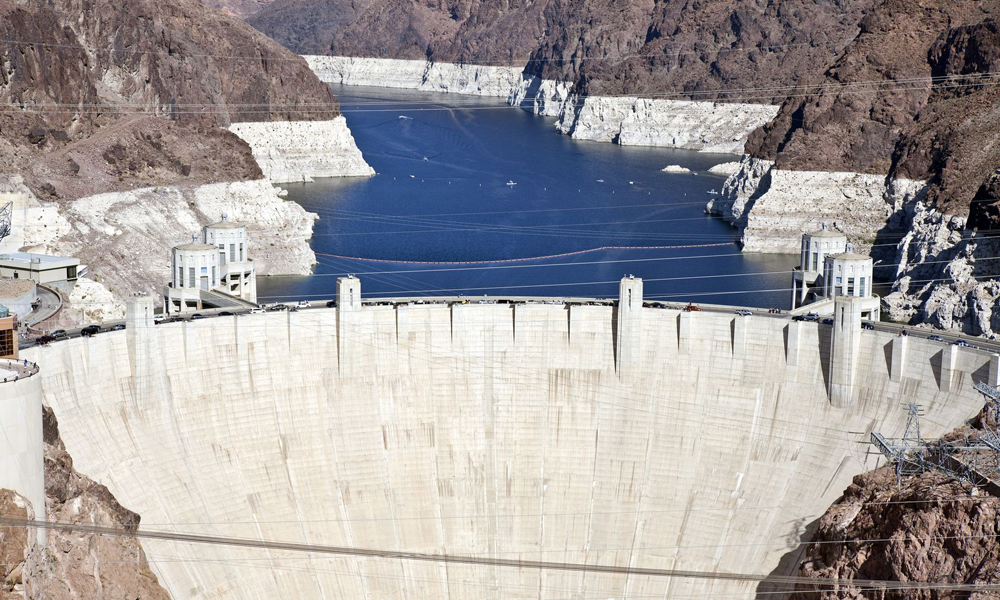
Hydroelectricity
Hydroelectricity is attractive in many respects. Unlike wind and solar PV, hydro-power can be easily stored and can provide “on-demand” electricity. However, growing environmental and social concerns have tempered future hydroelectric growth in the United States. Due to anticipated future decommissioning of existing hydro power, it is possible that hydro power could decline as a percentage of total electric power in the U.S. The scarcity of viable new large-scale hydroelectric sites means that hydroelectric power will not grow significantly in the United States.
Hoover Dam, Nevada

Frontier Exploration
As conventional petroleum resources dwindle, companies will seek new frontiers for exploration. Petroleum exploration in the Arctic Ocean and other sensitive areas will be increasingly controversial in the future.

Electricity
Increased use of electricity has the potential to mitigate certain environmental concerns related to energy use. However, the potential cannot be fully realized until abundant clean electricity can be produced. An electric vehicle (EV) powered by electricity from renewable sources is the cleanest form of transportation. However, the same EV powered by coal-generated electricity is far dirtier than petroleum powered vehicles. Public utility companies are in the unenviable position of balancing competing energy, economic and environmental priorities. Nevertheless, public utilities generally do a good job of balancing the needs of their customers by providing electricity which is clean, safe, reliable and affordable.
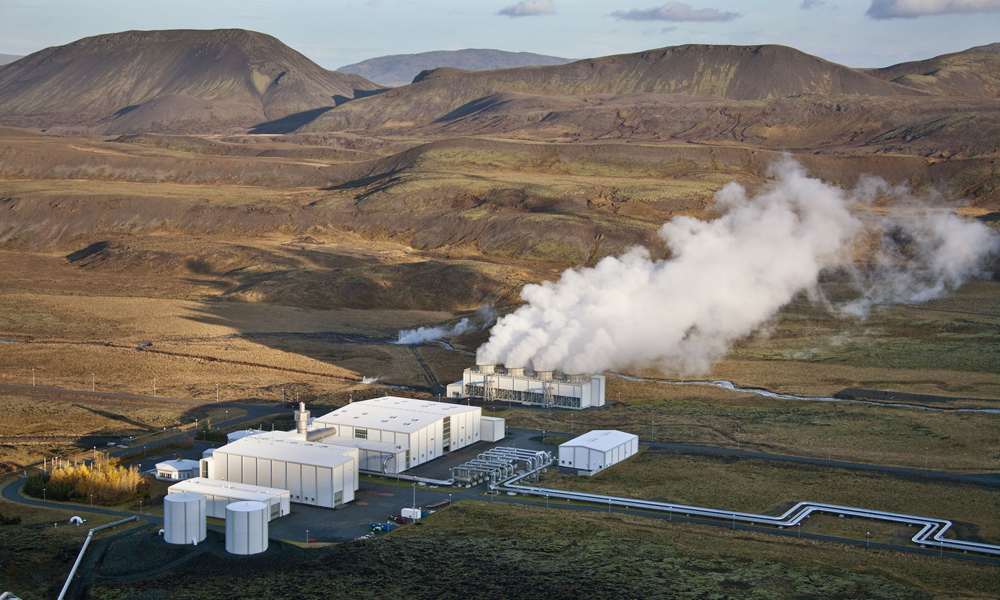
Geothermal (commercial scale)
Geothermal plants use the heat from the earth to create steam which is used to generate electricity. Commercial scale geothermal energy can be an effective means of generating electricity. However, commercial scale geothermal projects are capital intensive and many promising new geothermal sites in the United States are located on Federal lands making development time-consuming and cumbersome. Geothermal energy still has modest growth potential; however, ultimately, commercial scale geothermal energy will not significantly impact the U.S. energy portfolio.
Geo thermal Power Station in Iceland
Geo thermal Power Station in Iceland

Coal
The United States is sometimes referred to as the “Saudi Arabia” of coal resources. Coal is regarded by some as the “dirtiest” form of energy. As such, coal use is under severe attack by environmental organizations and governmental agencies. Coal use in Europe and the United States is declining, while coal use in Asia remains robust. Until a cost-effective method of reducing harmful emissions is developed, coal utilization in the United States will likely continue to decline.
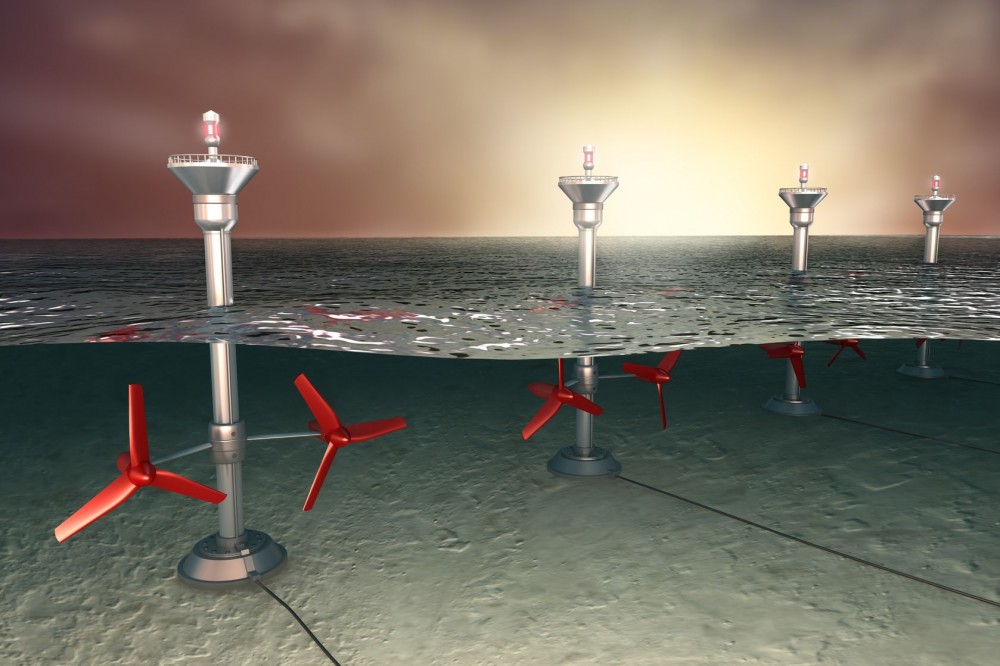
Ocean Currents & Tidal
Energy from ocean currents and tides can be harvested in many forms; however, much of the contemporary technology for harnessing energy from tides and ocean currents is conceptual and experimental. Suitable sites are scarce for constructing facilities to capture energy from ocean current and tides. Potential sites often interfere with fishing, recreation and other established activities. Energy from ocean currents and tides is virtually limitless; however, commercial development will be constrained by technology, high capital costs and a scarcity of suitable sites.

Geothermal (small scale)
Emerging small-scale geothermal technology has the capacity to revolutionize how we heat and cool homes, schools and businesses. Considerable initial capital costs for small scale geothermal facilities can be justified by the long-term economic benefits. In the near future, the use of small scale geothermal technologies will become more common-place for new up-scale homes, multi-unit residential projects and commercial construction.
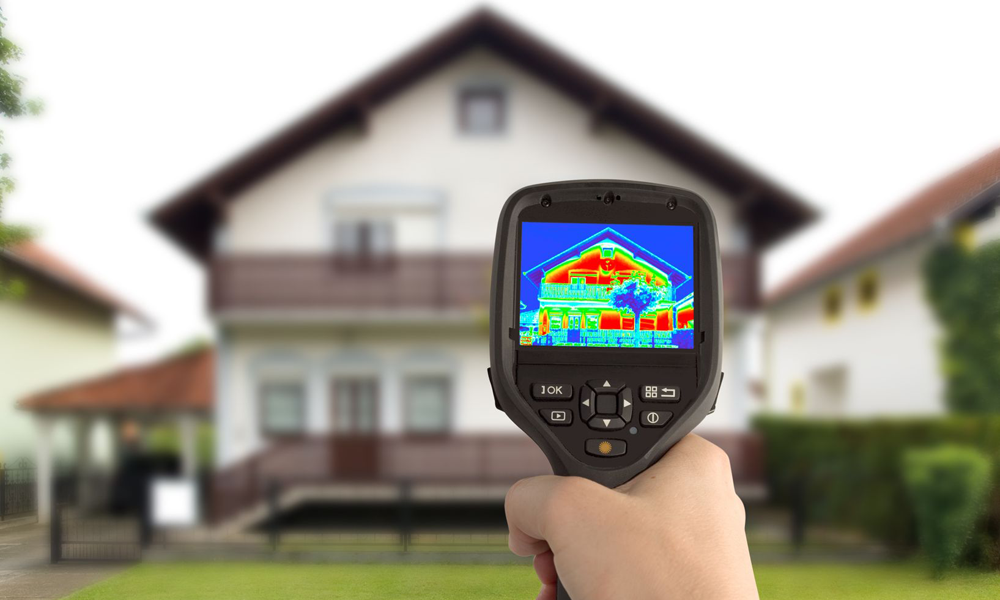
Energy Efficient Construction
Improving the energy efficiency of existing homes and buildings remains the most cost-effective way to reduce energy consumption. Improved energy efficient construction techniques have great potential to impact energy consumption in new homes, schools and office buildings.

Nuclear
Approximately 19% of U.S. electricity is generated from nuclear power. No new nuclear power plants have been brought on-line in the United States since 1996. In the U. S., it will not be possible to reach “net-zero” carbon emissions only using renewable energy. Attainment of “net-zero” carbon emissions during this century will require a substantial expansion of nuclear power. The most cost effective and impactful energy and environmental action we can take at this time is to stop shutting down existing nuclear power plants which produce safe, reliable, resilient, inexpensive carbon-free electricity.
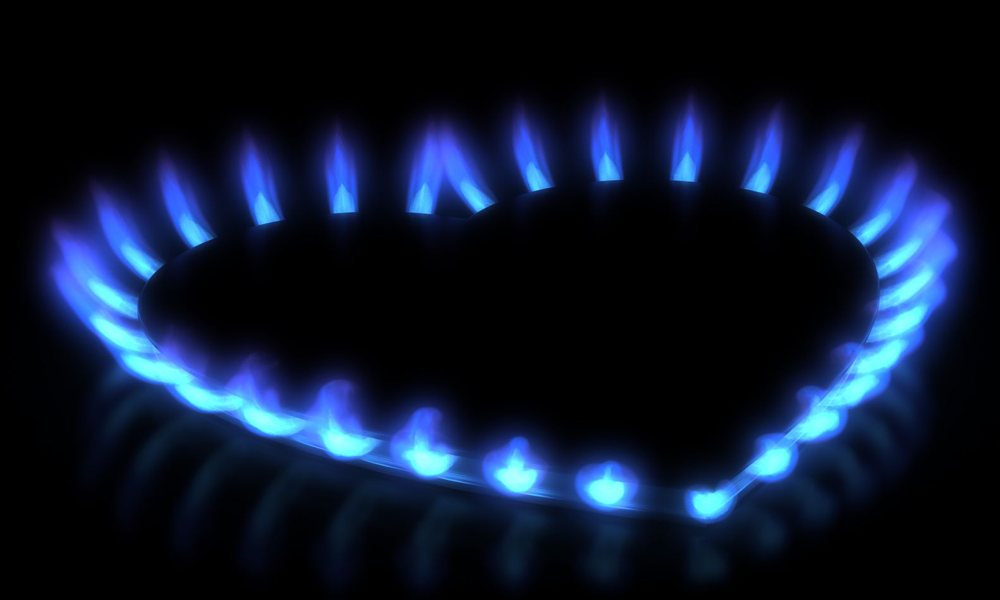
Natural Gas
U.S. natural gas reserves have exploded as a result of improved horizontal drilling and hydraulic fracturing techniques. Fossil fuels are not all created equal. Using natural gas to replace coal for generating electricity reduces CO2 emissions approximately 50% and reduces other harmful emissions 80-100%. Natural gas is also a great complimentary resource for generating electricity as a back-up for solar and wind. Natural gas will eventually displace coal as the leading source of energy for generating electricity. The natural gas industry must continue to improve its methods for reducing fugitive emissions of natural gas as part of the exploration, production and transportation processes.
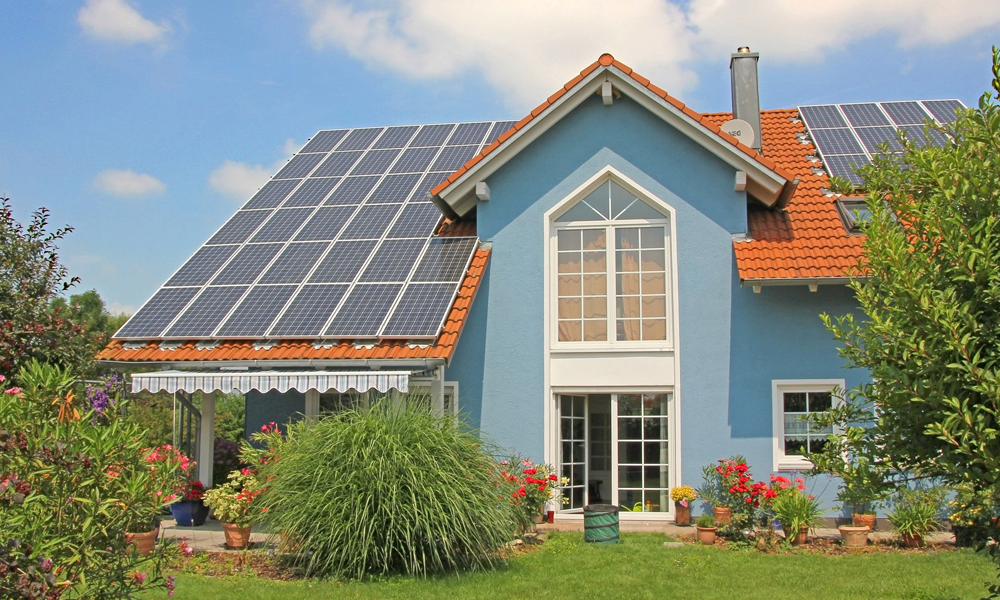
Solar Photovoltaic (PV) – Small Scale
Small scale solar PV (e.g. installed on the rooftop of homes & businesses) has significant long-term potential. However, typical small-scale PV installations require customers to continue relying on another back-up source of electricity (usually from the grid). Small scale PV creates operational challenges (often costly) for utilities and customers. It will be necessary to address the emerging concerns about the environmental impacts of solar panel manufacturing and disposal. In some cases, small scale PV stills relies on subsidies and tax incentives to remain economically viable to the average consumer.
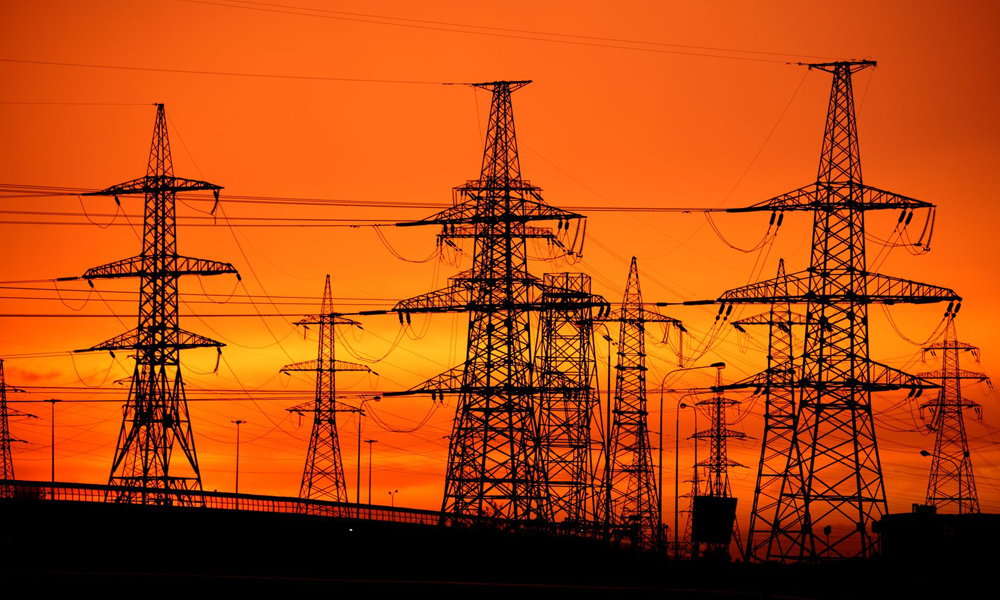
Electricity Transmission
The United States has an aging and inadequate electricity transmission infrastructure. Transmission of electricity from remote wind and solar farms to urban consumers is a major obstacle to expanding use of renewable energy. Ultimately, the U.S. electricity transmission systems and local distribution systems will require significant expansion and upgrading at considerable expense in order to facilitate and support a meaningful expansion of renewable energy use. The U. S. electricity transmission infrastructure is also vulnerable to cyber-attacks which have the potential to disrupt or shut down the electricity grid.




